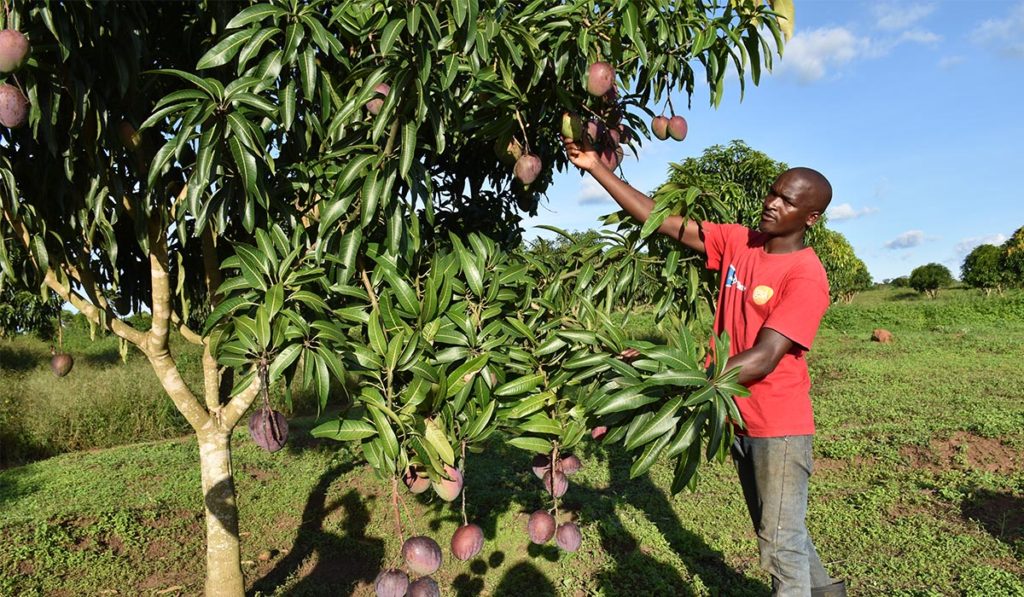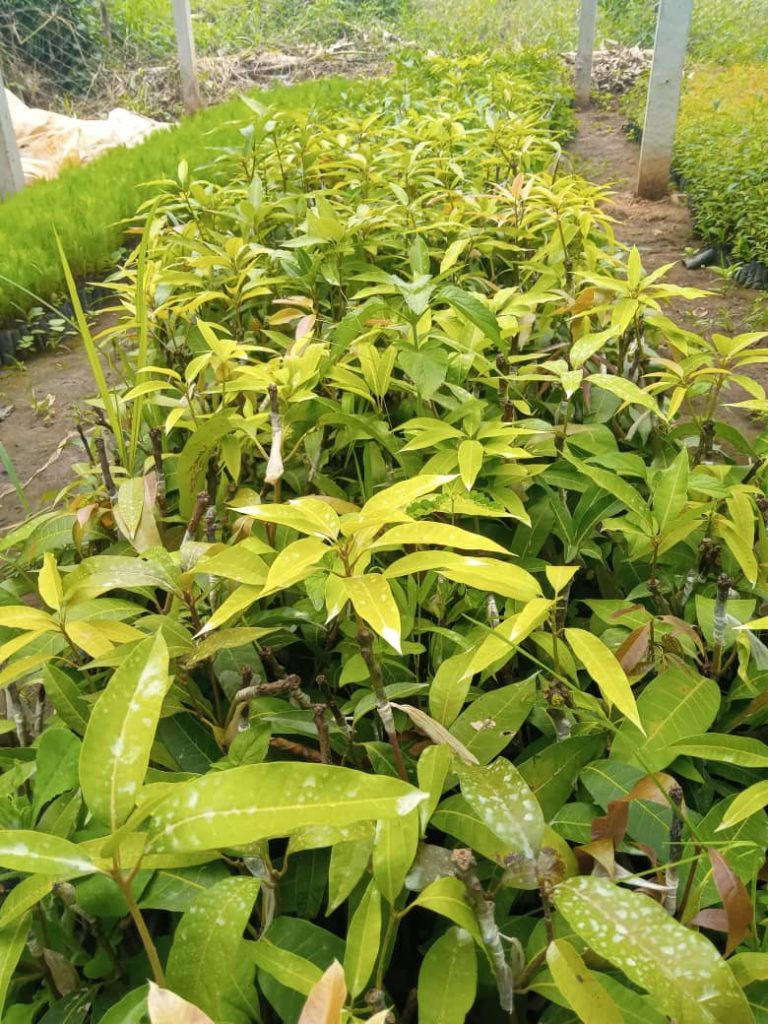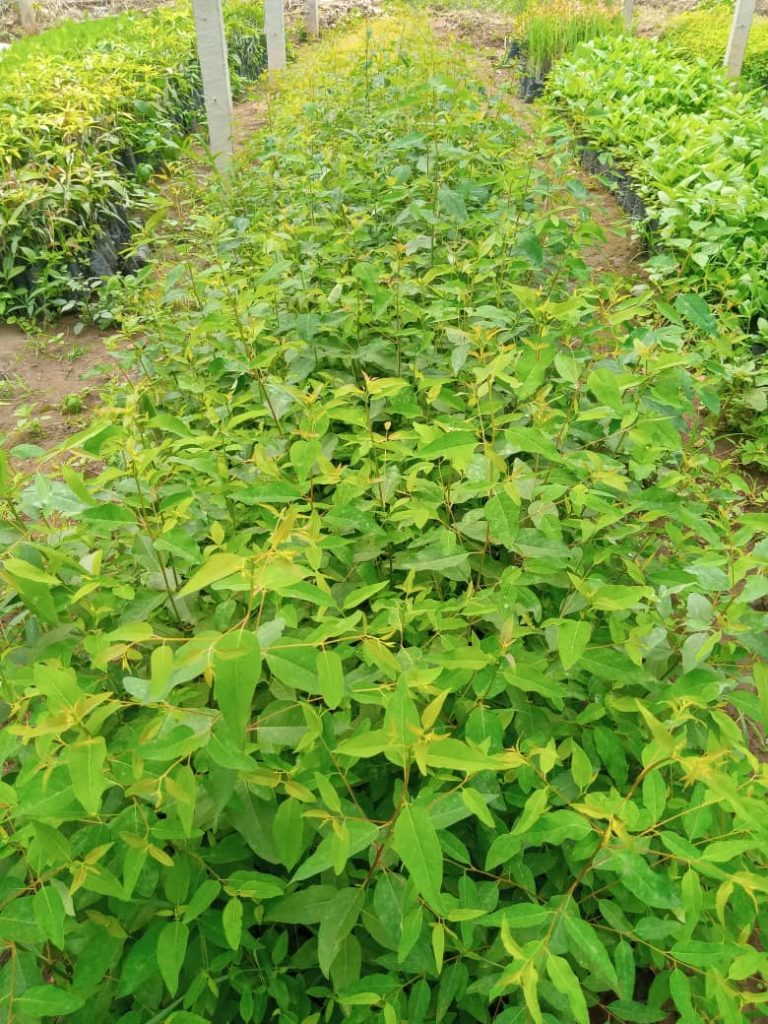By Emmanuel Nsamba

The world is changing, and we saw during the pandemic that demand for fruits exceeded the existing supply. For example, one lemon could cost as high as 1000/= Uganda shillings. Those unable to afford expensive prescription drugs resorted to eating more fruits to boost and sustain their immunities. In addition, in an era of fast foods, people are minding their health more than ever and are searching for healthy diet options. Sufficient consumption of fresh fruits and fruit products is one major alternative.
However, the country’s current supply of fruits and fruit products is insufficient to meet the high demand. In order to address this shortage, traders are importing fruits and processed juices from other countries. This implies that local consumers have to pay more for the imported fruits due to higher prices resulting from additional importation costs. Until the country rises to the challenge and start producing its own fruits and in sufficient quantities, the prices for juice and other fruit products will remain high.
Fortunately, Uganda is better placed to become a regional giant in fruit farming and supply in the whole of Africa due to its very favorable climate. Uganda’s abundant rainfall and tropical sunshine, coupled with fertile soils, make Uganda a very conducive place for fruit production. For example, mangoes are the most common fruit grown country-wide due to their adaptation to Uganda’s ecological zones – dry or humid, low land, montane, and lakeshore line. The different ecological zones also support a variety of other fruits making Uganda most suitable to potential investors, both local and international, seeking to invest in Agro-fruit processing industries.
Additionally, Uganda’s abundant labor supply makes it easy to establish, maintain, and manage fruit and tree plantations. For example, Uganda’s population is still largely rural (about 70%), suggesting a reliable labor supply to maintain the fruit and tree plantations. This, in addition, will help provide a living/employment to some of the 23 million unemployed youth, especially those in rural areas.
The market for fruit and wood products is already expanding. For example, Uganda’s population is rapidly growing and is increasingly becoming urbanized. According to the World Bank (2020) projections, Uganda’s population (currently estimated at 47 million) will double between 2020 and 2060, and the urban population will surpass the rural population in the same period. Urbanization drives infrastructure development in terms of housing and construction. If the urbanization projections hold, the demand for timber, wood, poles, and other forest products will likely surpass the existing supply. Imports will most likely address the shortage.
For those who look ahead, Agroforestry holds the keys to addressing these current and future challenges and opportunities. Owing to the growing demand for forest products, agroforestry is also projected to be one of the most lucrative investments. This enterprise fits very well within the goals of the government of Uganda and those of her development partners. To begin with, venturing into fruit farming and agroforestry will also support the Government of Uganda’s (GoU) Plan for Modernization of Agriculture (PMA) aimed at increasing the productivity and incomes of local farmers. In addition, growing trees will help mitigate climate change caused by increasing population pressure on the environment.
Last but not least, the 2020 World bank report “Tackling the Demographic Challenge in Uganda” recommends that “it will be necessary to ensure that the growing population bulge be engaged in productive economic activities that are adding value to the country.” Fruit farming and agroforestry are sure ways to realize these local and global goals.
In light of these current and future opportunities, Bakugu Agricultural Technologies (BAGRITECH) is rising to the occasion by embracing cutting edge technology and innovation to propagate a wide range of certified, and premium quality fruits, vegetable and tree seedlings that can be accessed at their plant nurseries by all intending farmers. Fruit and vegetable planting materials (seedlings) currently available and ready for planting include.
- 20,000 Hass and Fuerte Avocado seedlings.
- 20,000 Cocoa seedlings
- 10,000 grafted mangoes
- 20,000 Citrus i.e., oranges, mandarins, lemons (in production),
- 10,000, Coffee wilt disease resistant (CWDr) plantlets
- 15000 cashew nut seedlings
- 5000 grafted macadamia.
- 1000 sour soap

Tree products currently in production and available for market include: – ,
- 5000 Clonal eucalyptus (GU8, GU7,GC 500)
- 20,000 Eucalyptus grandis
- 5,000 Pine (pinus carabea),
- 1000 Musizi seedlings
- 1500 Muvule (Bastavia) seedlings

Embrace BAGRITECH as your trusted supplier of high-value seedlings, and the company will work with you to realize your fruit and tree farming investment goals. The company also operates different Projects offering various products Products that may be of interest you.
Stay tuned for my next blog, in which I will analyze return on investment from the Eucalyptus agroforestry enterprise.
nsambae12@gmail.com
The author is an entrepreneur and scientist (Postdoctoral Scholar) based at Stanford University.
Great
I need HASS , what is cost per seedling ?
Thanks
Good job Emmanuel. The pandemic has opened our eyes never to take fruits for granted.
Thanks, Mike.
You expressed interest in Eucalyptus enterprise and hopefully our company has the right variety for you. We have up to 5 varieties in production; Clonal eucalyptus (GU8, GU7,GC 500) and Eucalyptus grandis intended for distinct markets. Also, please recommend us within your networks.
Thanks,
Emmanuel
Good… looking for future partnerships
Thanks, Samuel. Please let us know which products and/or services you are interested in. Looking forward to working with you.
Great content! Keep up the good work!